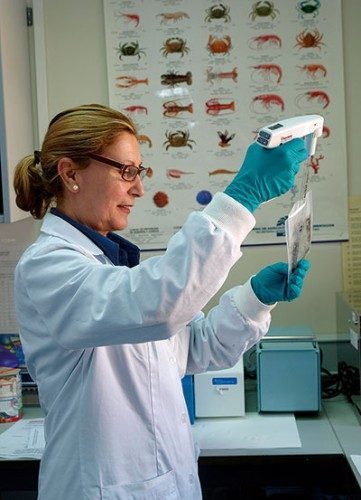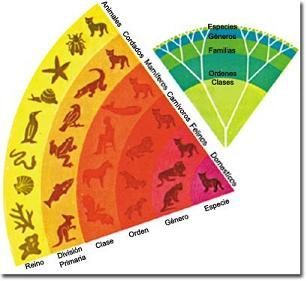 The machining process refers to the different techniques of industrial transformation of metals. In this sense, it is a process that is part of the metal and mechanics sector.
The machining process refers to the different techniques of industrial transformation of metals. In this sense, it is a process that is part of the metal and mechanics sector.
The main idea of machining is to turn a piece of metal into an industrial part. For this, operations are carried out in which the material is eliminated and modified. Thus, an ingot or a metal bar can be altered using some technique, such as chip removal or abrasion. With this system, pieces with all kinds of sizes, shapes and functions are produced.
Different ways of machining a metal
Tools such as parallel lathe, milling machine, turning and electrolytic machining are used to remove chips from metals. The most traditional machine in this sector is the parallel lathe.
Helical machining is a technique designed to manufacture helical shaped objects, such as corkscrews, drills, milling cutters or toothed tools.
Abrasion machining consists of the wear of metal parts that have not been cast, as occurs with the forging of steel or in some welds.
The history of machining dates back to the stone age
The first stone tools were obtained by carving or polishing and in this way spearheads, ornaments or arrows were made. When the human being abandoned nomadism and introduced agriculture, utensils began to be made through cooking.
In the so-called age of metals, the smelting techniques of metal began, especially copper. It was not until the industrial revolution in the 18th century that the next qualitative leap in the machining process occurred.
The invention of steam engines and new energies allowed the further development of the steel industry. Despite the undeniable scientific advances, the different machining techniques remain the same: carving, cutting, drilling and turning materials.
 In short, the different machines and tools used in machining avoid human effort and allow the creation of all kinds of parts.
In short, the different machines and tools used in machining avoid human effort and allow the creation of all kinds of parts.
A simple screw
Some screws can support several tons of weight, as in the case of metal bridges or wind turbines. Most of them are made from a carbon and reinforced steel alloy and are then heat treated to make them strong materials. Several machining processes are used to get a screw. Among them we can highlight cold forging or filleting to form the thread.
Photos: Fotolia - Andrey Armyagov / Phuchit









